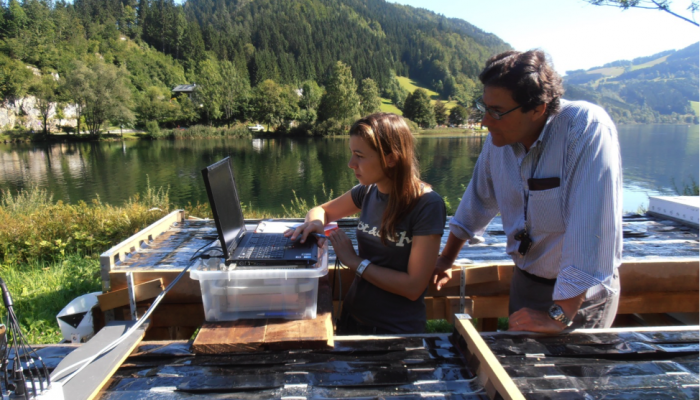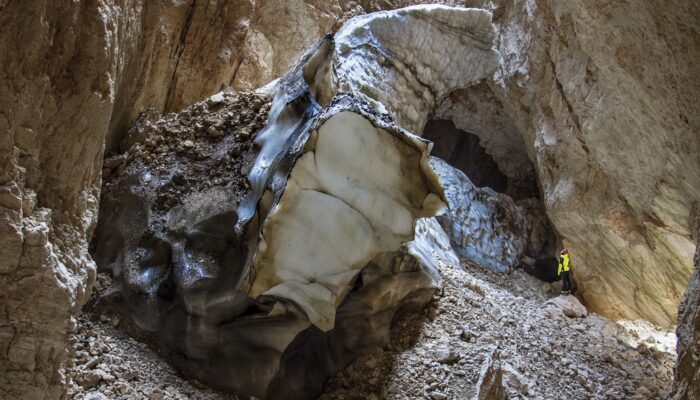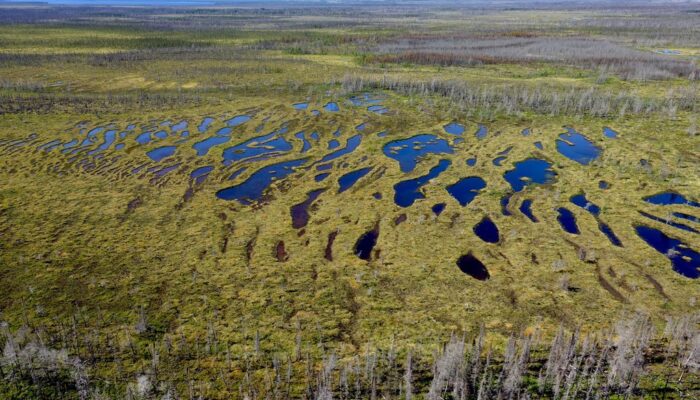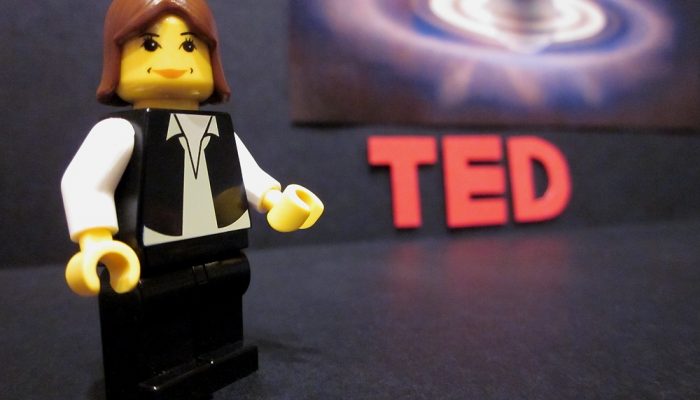Geotalk is a regular feature highlighting early career researchers and their work. In this interview we speak to Serena Ceola, a hydrologist and assistant professor at the University of Bologna, Italy, who studies interactions between humans and river systems. At the upcoming General Assembly she will be recognised for her research contributions as the recipient of the 2019 Hydrological Sciences D ...[Read More]
GeoTalk: Making their mark: how humans and rivers impact each other




